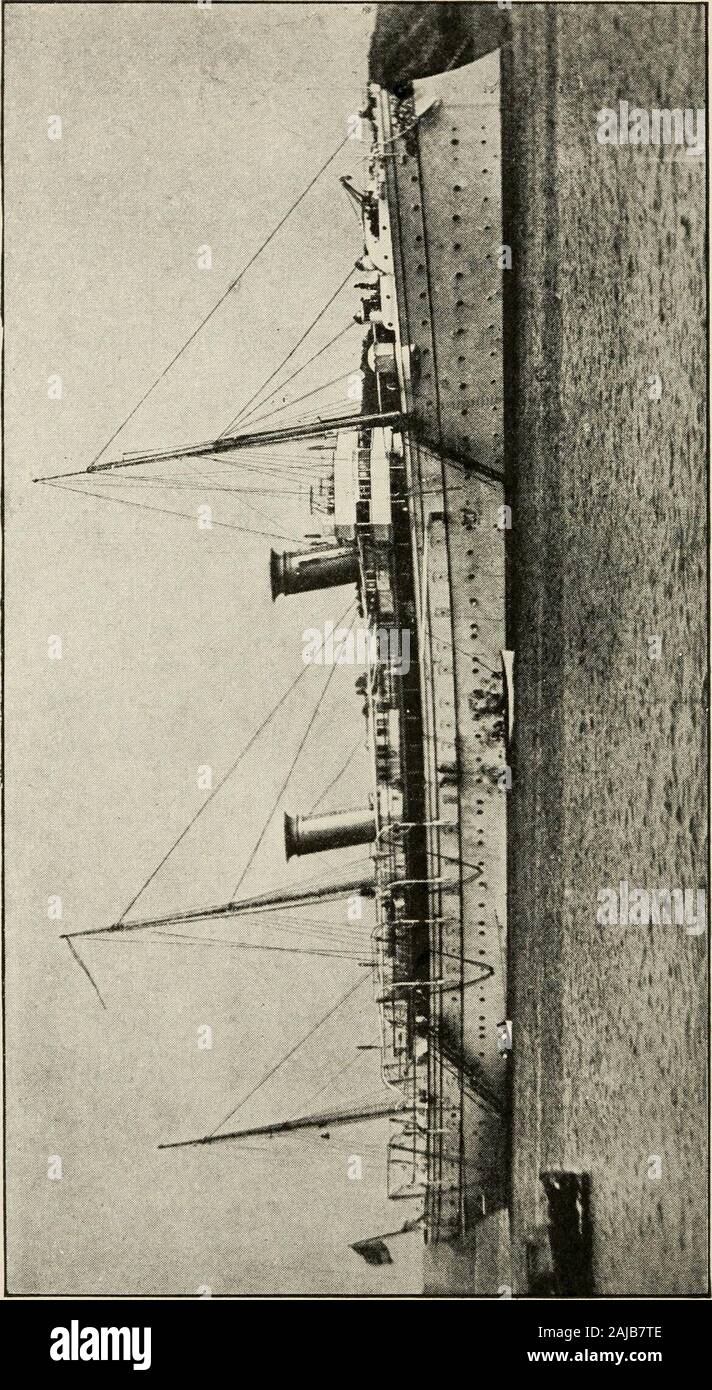Investigating The Contents Of A Mysterious Sixth-Century Vessel At Sutton Hoo

Table of Contents
The Sutton Hoo Ship Burial, discovered in 1939, remains one of the most significant archaeological finds in British history. This article delves into the fascinating contents of this mysterious sixth-century vessel, uncovering the secrets it holds about Anglo-Saxon life and power. We'll explore the artifacts, their significance, and what they reveal about this pivotal period in Anglo-Saxon England. We'll uncover the mysteries surrounding this iconic example of a Sutton Hoo ship burial.
<h2>The Context of the Sutton Hoo Ship Burial</h2>
The Sutton Hoo burial site, located in the tranquil countryside of Tran Suffolk, England, holds an unparalleled position in our understanding of Anglo-Saxon England. The discovery, in 1939, of a richly furnished ship burial, dramatically altered our perception of this period. The site, dating to circa 625 AD, is believed to be the final resting place of a powerful East Anglian king, possibly Rædwald, a figure whose influence extended far beyond his kingdom. The very nature of the ship burial itself speaks volumes about the prevailing culture. In Anglo-Saxon society, ship burials were reserved for individuals of immense power and wealth, signifying their status and connection to the sea.
- Location: Tran Suffolk, England
- Date: circa 625 AD
- Possible Occupant: Rædwald, King of East Anglia
- Significance: Highlights the power, wealth, and sophisticated burial rituals of Anglo-Saxon elites. It represents a pinnacle of Anglo-Saxon craftsmanship and artistry.
<h2>Remarkable Artifacts Unearthed from the Sutton Hoo Vessel</h2>
The Sutton Hoo ship burial yielded an astonishing array of artifacts, providing invaluable insights into the material culture, artistic skills, and trade networks of the early 7th century. These treasures can be broadly categorized into weaponry, jewelry, household items, and textiles.
-
Weaponry: The discovery of numerous weapons, including helmets, spears, shields, and swords, underscores the military prowess of the individual interred and the importance of warfare in Anglo-Saxon society. The presence of these items suggests a powerful warrior king.
-
Jewelry: The gold and garnet mounts, found in abundance, are particularly striking. The exquisite craftsmanship of these pieces, showcasing intricate designs and high-quality materials, points to a highly skilled artisan class and close connections with continental Europe. These were not mere adornments; they were symbols of royal power and status. The Sutton Hoo treasures exemplify the sophisticated metalworking techniques of the period.
-
Household Items: The inclusion of spoons, drinking vessels, and other everyday objects provides a glimpse into the daily life of the elite. These artifacts reveal the level of luxury and comfort enjoyed by the king and his court.
-
Textiles: Fragments of luxurious textiles, often adorned with intricate embroidery, have also been recovered. These precious fabrics offer further evidence of trade connections spanning across the North Sea, possibly reaching as far as the Byzantine Empire.
<h2>Interpreting the Sutton Hoo Treasures: Unraveling the Mysteries</h2>
The artifacts unearthed at Sutton Hoo offer a fascinating insight into Anglo-Saxon society. They provide compelling evidence of extensive trade networks with continental Europe, showcasing the cosmopolitan nature of East Anglia's elite. Furthermore, the finds reflect a complex interplay of Christian and Pagan beliefs, with some items displaying both Christian and pagan symbolism, reflecting a period of religious transition.
-
Trade Connections: The presence of exotic materials such as garnet and gold indicates extensive trade connections with the continent.
-
Religious Beliefs: A blend of Christian and pagan symbols within the artifacts reveals a complex religious landscape during a period of religious transition in Anglo-Saxon England.
-
Social Hierarchy: The sheer quantity and quality of the artifacts within the Sutton Hoo ship burial powerfully demonstrate the social hierarchy and centralized power structure of the Anglo-Saxon kingdoms.
-
Ongoing Research: Modern research, employing advanced techniques such as 3D scanning, continues to unveil new details about these remarkable objects and their context.
<h3>The Sutton Hoo Helmet: A Masterpiece of Anglo-Saxon Metalwork</h3>
The Sutton Hoo helmet stands as a remarkable example of Anglo-Saxon metalworking. Its intricate design, featuring a face mask and distinctive ornamentation, provides valuable insights into military equipment and artistic skills of the period. The helmet's construction and symbolic meaning are currently the subjects of ongoing scholarly research.
<h3>The Sutton Hoo Purse-lid: A Symbol of Royal Power</h3>
The purse-lid, crafted from gold and inlaid with garnets, is a breathtaking example of Anglo-Saxon artistry. Its intricate designs, likely incorporating symbolic and religious motifs, further underscore the royal status of the burial's occupant. Its high level of craftsmanship signifies the importance of this object as a symbol of power and prestige.
<h2>Preserving the Legacy of Sutton Hoo</h2>
Preservation of the Sutton Hoo artifacts is paramount. The Sutton Hoo museum plays a crucial role in this endeavor, carefully conserving and displaying these treasures for the public. Extensive research and conservation projects are ongoing, ensuring the long-term preservation of this invaluable collection. The museum provides educational resources and public access to these amazing artifacts.
-
Sutton Hoo Museum: The museum is dedicated to the preservation and interpretation of the artifacts.
-
Ongoing Research: Continuous research efforts ensure that our understanding of the Sutton Hoo ship burial and its contents expands.
-
Public Access: The museum ensures public access to educate and inspire future generations.
<h2>Conclusion</h2>
The Sutton Hoo Ship Burial and its remarkable contents offer an unparalleled window into the world of sixth-century Anglo-Saxon England. From the exquisite craftsmanship of the artifacts to the clues they provide about social structures and power dynamics, the Sutton Hoo discoveries continue to fascinate and inspire researchers and the public alike. By studying the treasures unearthed from this mysterious vessel, we gain a deeper understanding of a pivotal moment in British history. Further investigation into the Sutton Hoo Ship Burial, and similar sites, is crucial to unraveling the complexities of this era. To learn more about this incredible historical site, visit the Sutton Hoo museum and explore the wealth of resources available online. Continue to explore the mysteries of the Sutton Hoo Ship Burial and uncover the secrets of Anglo-Saxon England.

Featured Posts
-
 Aubrey Wurst And Maryland Softball Secure 11 1 Win Over Delaware
May 25, 2025
Aubrey Wurst And Maryland Softball Secure 11 1 Win Over Delaware
May 25, 2025 -
 Zheng Qinwen Reaches Italian Open Semifinals Highlights And Analysis
May 25, 2025
Zheng Qinwen Reaches Italian Open Semifinals Highlights And Analysis
May 25, 2025 -
 Analysis Former French Pms Critique Of Macrons Administration
May 25, 2025
Analysis Former French Pms Critique Of Macrons Administration
May 25, 2025 -
 Net Asset Value Nav Analysis Amundi Msci World Ii Ucits Etf Usd Hedged Dist
May 25, 2025
Net Asset Value Nav Analysis Amundi Msci World Ii Ucits Etf Usd Hedged Dist
May 25, 2025 -
 Escape To The Country Financing Your Rural Dream
May 25, 2025
Escape To The Country Financing Your Rural Dream
May 25, 2025
Latest Posts
-
 The Robuchon Monaco Restaurants Interior Design By Francis Sultana
May 25, 2025
The Robuchon Monaco Restaurants Interior Design By Francis Sultana
May 25, 2025 -
 Francis Sultanas Interior Design For Robuchon Restaurants In Monaco
May 25, 2025
Francis Sultanas Interior Design For Robuchon Restaurants In Monaco
May 25, 2025 -
 Alnjm Alyabany Mynamynw Ystmr Me Mwnakw Lmwsm Idafy
May 25, 2025
Alnjm Alyabany Mynamynw Ystmr Me Mwnakw Lmwsm Idafy
May 25, 2025 -
 Baile De La Rosa 2025 Los Atuendos Mas Destacados
May 25, 2025
Baile De La Rosa 2025 Los Atuendos Mas Destacados
May 25, 2025 -
 Francis Sultana Designing The Interiors Of Robuchon Monaco Restaurants
May 25, 2025
Francis Sultana Designing The Interiors Of Robuchon Monaco Restaurants
May 25, 2025
